Art & Exhibitions
artnet Asks: Frieze Projects and Ljubljana Biennial Curator Nicola Lees
This edition is set to put the overlooked Ljubljana Biennial back on the map.
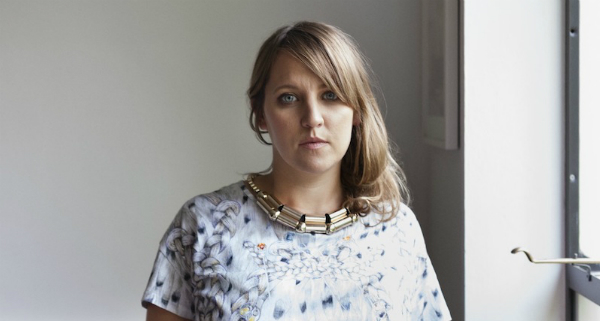
This edition is set to put the overlooked Ljubljana Biennial back on the map.

Lorena Muñoz-Alonso

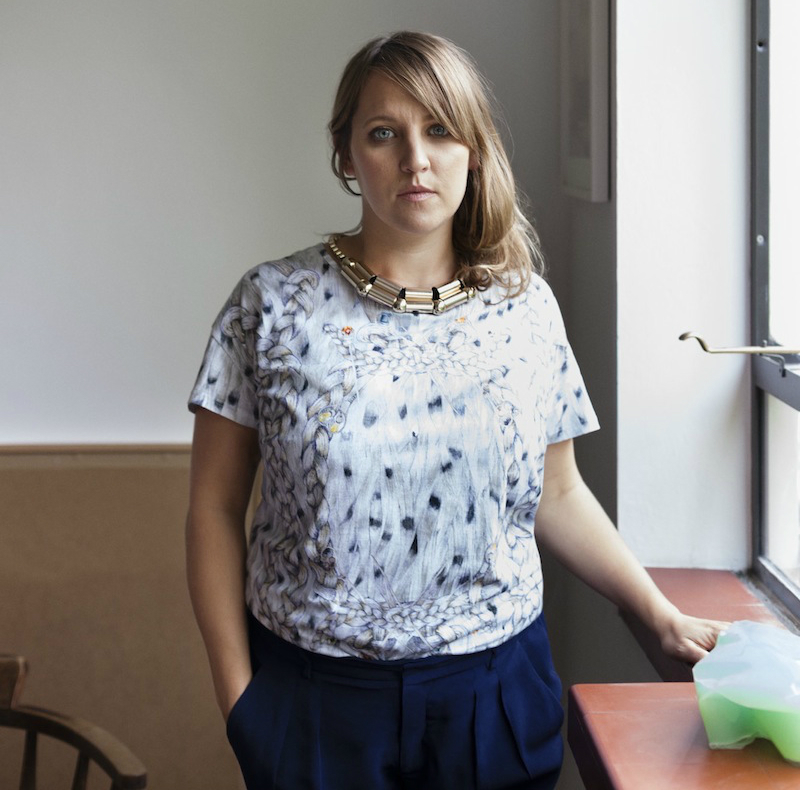
Frieze Projects and Ljubljana Biennial curator Nicola Lees
Photo: Courtesy Ljubljana Biennial
There’s a wide array of art biennials out there, but this Friday, one of the oldest, the Ljubljana Biennial of Graphic Arts, will launch its 31st edition—which also marks its 60th anniversary—in the capital of Slovenia.
The curator tasked with organizing such a momentous edition is Nicola Lees, who is also the curator of the prestigious Frieze Projects London, the site-specific artist commissions that pepper the art fair each year, bringing both collectors and art lovers a much-needed breath of non-commercial fresh air.
This year’s biennial, entitled “Over you/you,” will feature works by artists including Oscar Murillo, Giles Round, Andrea Büttner, David Maljkovic, Sanya Kantarovsky, Hilary Lloyd, and Pilar Quinteros, that explore the idea of graphics from a contemporary vantage point, bringing together large-scale installations, moving image, and works on paper.
artnet News talked to Lees to find out more about the 31st edition of the Ljubljana Biennial of Graphic Arts, and the forthcoming edition of Frieze Projects London, which will be her last.
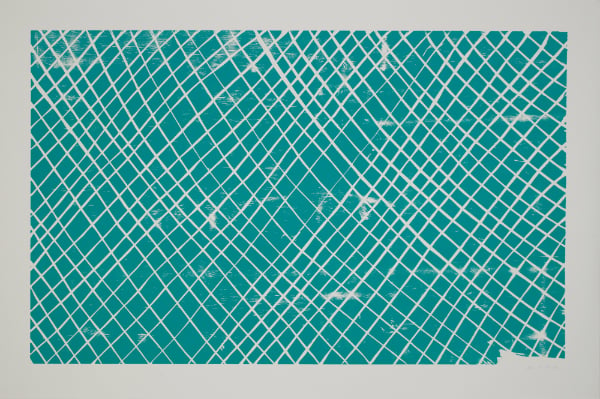
Andrea Büttner, Grid (2012)
Photo: © Andrea Büttner / VG Bild-Kunst, Bonn 2015 Courtesy Hollybush Gardens, London and David Kordansky Gallery, Los Angeles
The Ljubljana Biennial of Graphic Arts is one of the oldest art biennials but also one of the least known. What’s the history behind it?
Yes, the Ljubljana Biennial is actually the third oldest biennial, after Venice and São Paulo. It was founded in 1955—the same year as Documenta—in the former Yugoslavia, and it was originally held in the Moderna Gallery in Ljubljana, which is one of the venues we are using this year.
The Biennial was launched by the then-director of Moderna Gallery, who was very influenced by the Venice Biennale (which is just two hours away), but wanted to focus on graphic arts instead as a way to break down some of the hierarchies of Venice, including the national pavilions.
The Biennial has been a very international meeting point from the very beginning, treating Ljubljana as a sort of gateway between the East and the West. Organizers in the early editions would write to embassies and museums all over the world, and ask for recommendations, and then many of the works would be posted by mail.
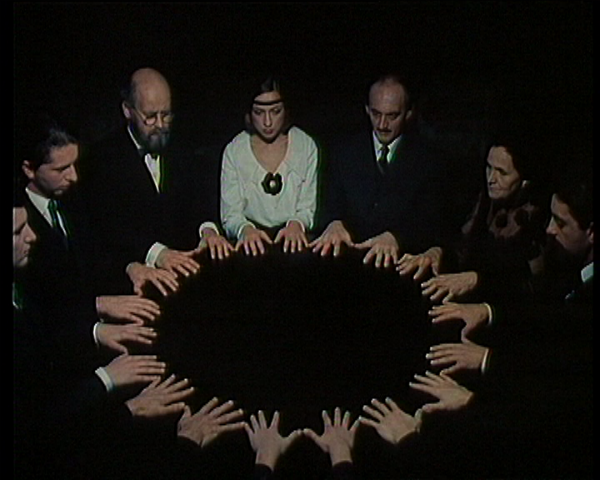
Karpo Godina, film still from Artificial Paradise (Umetni raj) (1990)
Photo: Courtesy Ljubljana Biennial
You are bringing a number of installation by artists working beyond 2D media. Was this turn towards three-dimensionality your choice, or a brief from the institution?
The original ethos of the Biennial was to showcase print works, so it was actually the idea of reproducibility what was key here. What I’ve done for this edition is to treat the idea of reproducibility and graphics in a contemporary sense, so most of the works in the exhibition can be reproduced in some form.
Another groundbreaking concern on the early Biennials was to explore the idea of distribution, how things could be transported across political borders. So, even though this year we are presenting probably more 3D works, there’s a number of works that have a graphic references. For example David Maljkovic will present this incredible table, made in collaboration with the designer Konstantin Grcic, whose surface has been treated with a lino print. Also Phillip Zach’s installation, which is something between sculpture and furniture, features print techniques on its surfaces, with ink pigments.
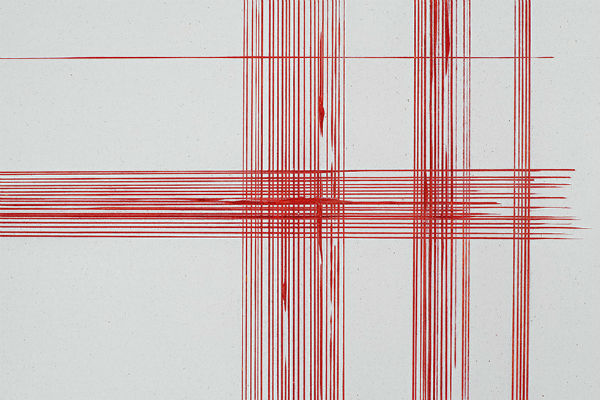
David Maljkovic and Konstantin Grcic, Negatives (2015)
Photo: Courtesy Ljubljana Biennial
Is this evolution to include a wider array of works something that you brought in, or that the organization was already interested in?
I wanted to bring three dimensional ideas, as well as moving image works. But there was a shift to the Biennial already like eight years ago, when they redefined what it meant to be a graphic biennial within the contemporary context. Four years ago, for example, the edition focused very much on performance.
But my idea, regardless of media, was really looking at expanding the concept of graphics. It is also the 60th anniversary of the Biennial, so it was important to me to keep its history at the core of the program, while bringing in works that are 3D and moving image.
By curating this important but perhaps less well-known biennale, you are following the steps of a number of very important historic curators, such as Pontus Hultén, Pierre Restany, and Ryszard Stanisławski. How does that feel?
It’s been a really fascinating year, not only looking at the history of the Biennial but also its archive of documentation and publications. I’ve also been working very closely with Giles Round on a show which will take place at the Jakopic Gallery, an installation looking at many of the artists that have participated in past Biennials through the lens of Robert Rauschenberg’s Accident piece, which he showed in the 1963 edition. We’ve been having an incredible time in the archive.
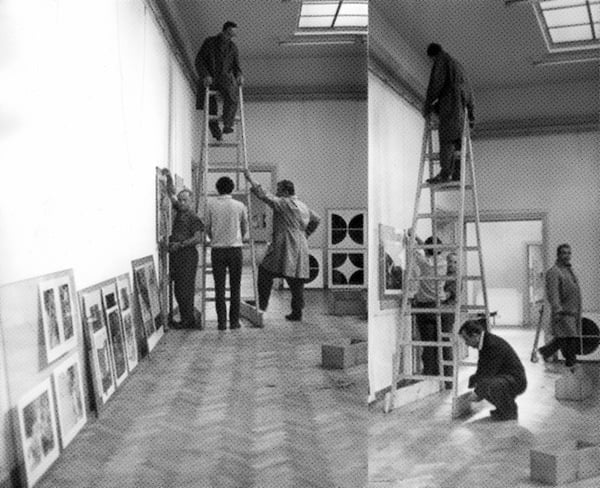
Giles Round, Documentation from the installation of the International Biennial of Graphic Art, Ljubljana, 1969
Photo: Courtesy Moderna Galerija, Ljubljana
The biennale takes place in the former Yugoslavia, a site of war and political turmoil. Has this history had any sort of imprint in the curatorial process?
The main exhibition is very contemporary, looking at the idea of graphics, both locally and internationally. There’s also quite a number of works that reference history, but perhaps more from an artistic point of view, like the Round piece I just mentioned, or Oscar Murillo’s contribution, which looks at 20th century graphic art biennials, in particular the political relevance of the 1970 Bienal de Medellín in Colombia.
In the Biennial line-up there’s some overlaps with artists that you have worked with at Frieze Projects, like Lili Reynaud Dewar, Becky Beasley, Nick Mauss, and Ken Okiishi. Why did you enlist them again?
Well, actually, about 20 percent of the artists in the biennial are artists I have worked with before. It is quite a natural thing to do. And the Ljubljana context is completely different to Frieze Projects, which brought new aspects to the collaborations.
Even though the Ljubljana Biennial is quite a large group exhibition, I wanted the whole process to still be very focused on my relationship with individual artists, on talking to them about the context and how could we turn those conversations into something interesting within their practices.
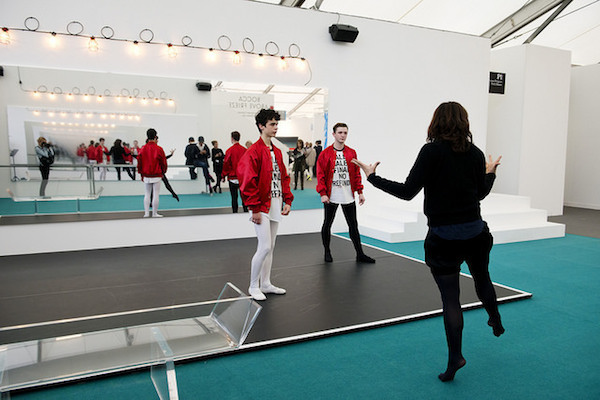
Nick Mauss’s piece at Frieze Projects 2014
Photo: Linda Nylind Courtesy of Linda Nylind/Frieze
How different is it to curate something within a commercial context, like Frieze Projects, as opposed to something that, at least in principle, is not so directly related to the market, like a biennial?
It’s interesting because there are hardly any commercial galleries in Ljubljana, and obviously the whole political landscape is also very different to London, where I am from. So it’s been very interesting for me to learn about this context, and both contexts offer different opportunities, freedoms, and constraints. But the main thing is that Frieze Projects is a non for profit, artist-commissioning platform within Frieze.
The next edition of Frieze and Frieze Projects its round the corner, and it will also be your last one, after three consecutive years. What will you be focusing on?
In this edition we wanted to play with the pop-up nature of the architecture of the fair. So ÅYR’s project plays with the economics of Airbnb, for example, but the other projects have a lot to do with temporary architectures, like Rachel Rose’s, even referring to the temporary structures of theater and film sets, like Lutz Bacher’s or Jeremy Herbert’s projects.
I had very clear aims for my time at Frieze and I am glad that I was able to fulfil them over these three years. In 2014, I focused on performance and offsite projects, and 2013 was an experiment pulling all the projects together and playing with the five days at the fair. I’m grateful to have worked with so many amazing artists on major projects and to be able to partner with lots of brilliant organizations.
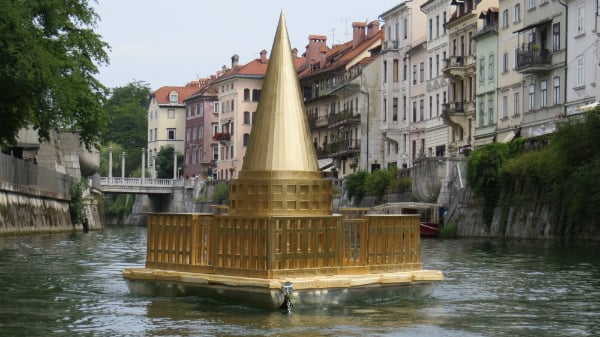
Pilar Quinteros, Cathedral of Freedom (2015). Commissioned by the 31st Biennial of Graphic Arts, Ljubljana 2015
Photo: Courtesy Ljubljana Biennial
“Over you/you,” the 31st edition of the Ljubljana Biennial of Graphic Arts, runs from August 28 – December 3, 2015 across several venues.
Related stories:
Frieze Projects Subverts the Typical Art Fair Experience
Frieze Projects Artist Commissions Include Jérôme Bel’s Disabled Theater